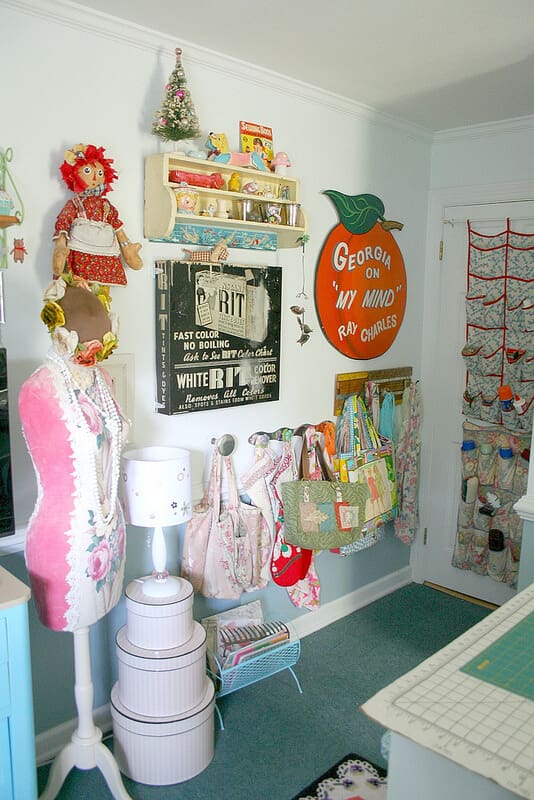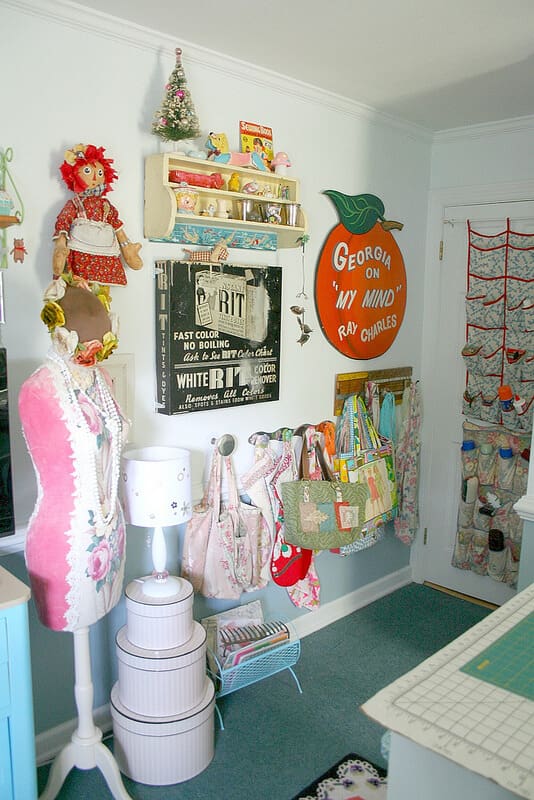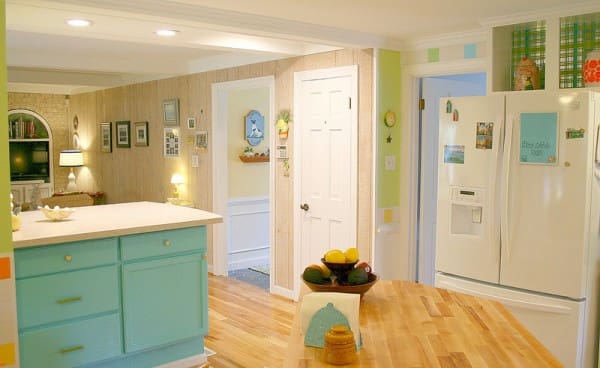So your counter-tops are looking a little worn, your oven’s not cooking like it used to and the linoleum on the floor’s starting to buckle. It may be time for a kitchen makeover, but before you get the catalogues out, consider a more eco-friendly plan of action. There are lots of ways you can modernise your kitchen whilst still respecting the environment these days, and energy-saving measures can save you money as well. Here are some tips on how to give your kitchen an eco-friendly update…
Install green appliances
Most white goods in the kitchen are now made with energy-efficiency in mind. If you want to cut your energy use, monthly bills and impact on the environment all in one go, greener appliances are a good deal.
Refridgerators: Old fridges are big culprits for wasting energy. Look for newer fridge-freezers with an Energy Star Rating, and check out features like adjustable temperature settings in specific compartments for things like fish and meat. Also consider the size and habits of your household: how much room do you really need?
Cookers: In addition to the standard grill-cooker-hob combination, there are now many appliances which reduce energy usage as you cook. Match the size of the appliance to the size of the meal and looking into products like slow cookers, convection ovens and toaster ovens for energy-efficiency.
Dishwashers: While dishwashers generally save more water than washing by hand, some are more efficient than others and all add to your energy bill. Again, check the Star Rating and features such as a delayed timer, which will allow you to run the load on cheaper electricity during the night.
Make use of recycled materials
Almost every part of your kitchen’s décor can be manufactured more sustainably. If you’re replacing the floor, tiles or counters, you might want to think about the materials you buy.
Countertops: Glass is a popular material for incorporating into kitchen counters; using recycled glass chips mixed into resin, this reduces waste and looks distinctive as well. Alternatives include paper, again mixed in resin and made heatproof and stain resistant. This is a good choice if you’re on more of a budget.
Flooring: Those who like the wooden look could try bamboo as an alternative to wooden flooring. This fast-growing resource is better adapted to replenish itself than many other types of wood. If it has to be oak or cherry, try floorboards made from reclaimed or recycled lumber.
Tiling: Tiles can consist of anything from ceramic to metal but go green by swapping new ones for tiles made with reclaimed clay pots and vases, or an aluminium backsplash of old soda cans.
The good news is that by making any or all of these adaptations, your home may qualify for a better LEED rating by the US Green Building Council, which will put you in a good position if you need to sell in the future.
Tim Longstone writes about home and décor for the eco-conscious consumer and is currently working on making his home garden ‘greener’…
Photos© by Suzy Spence, used under Creative Comms license







Leave a Comment